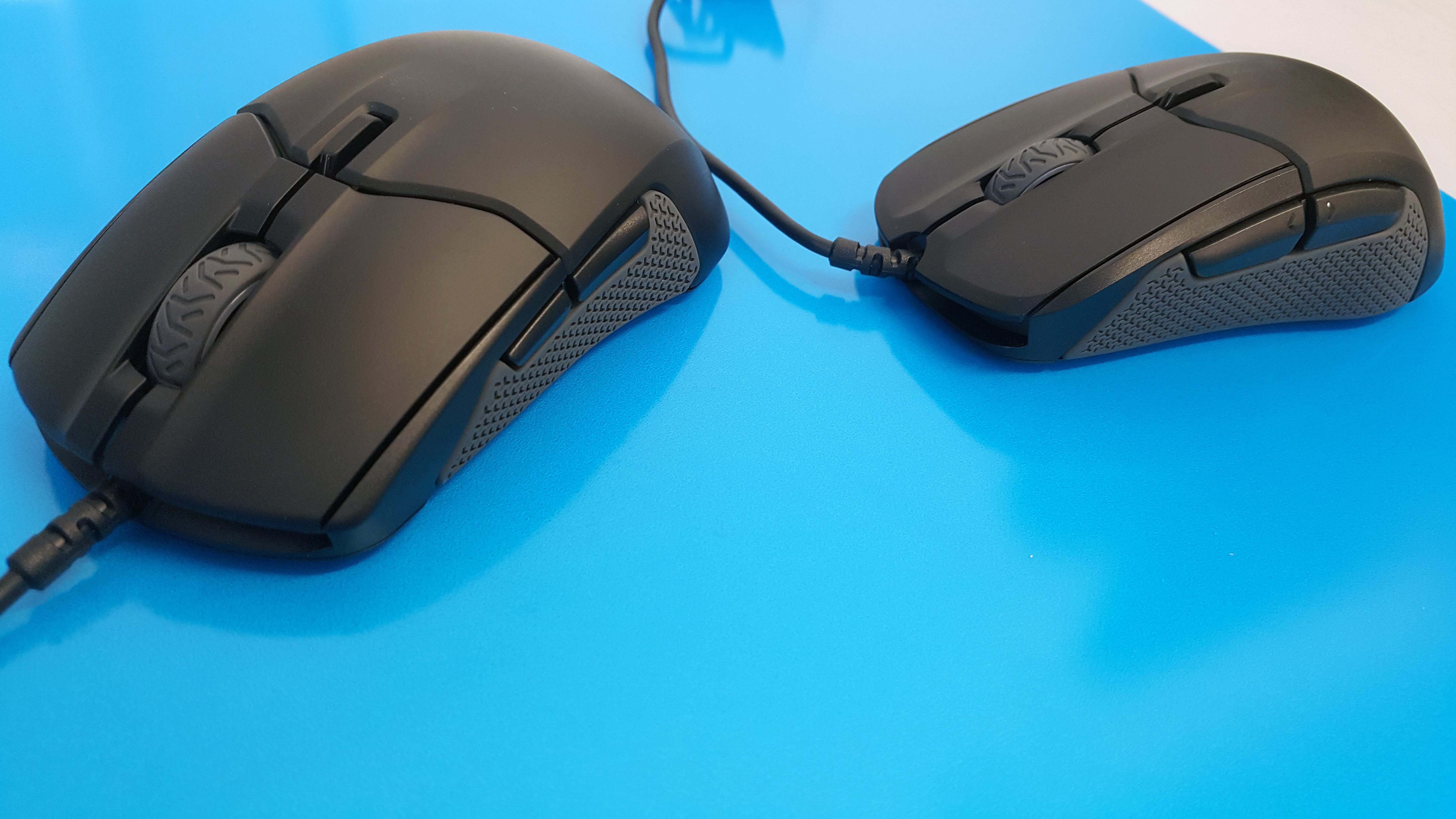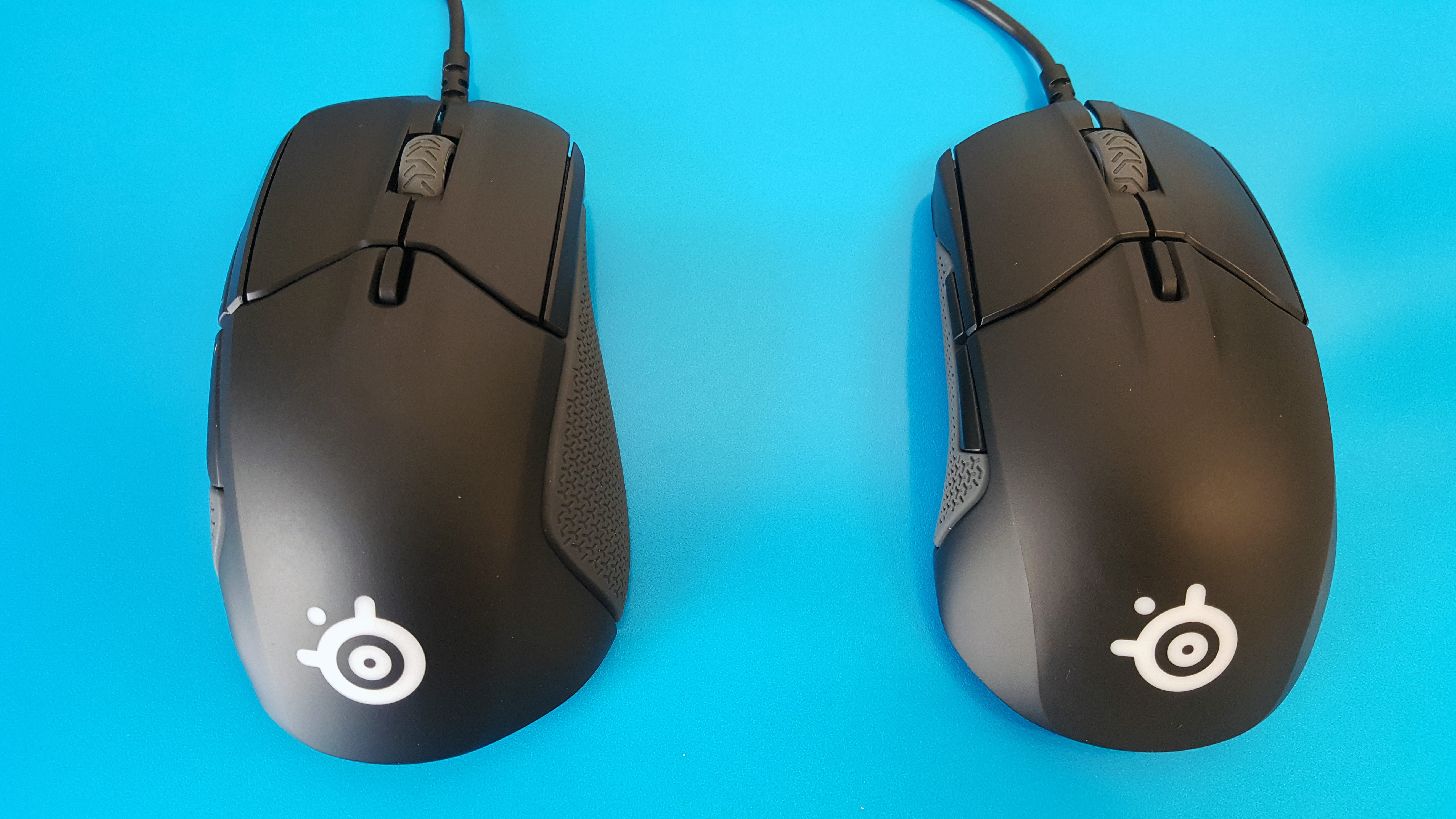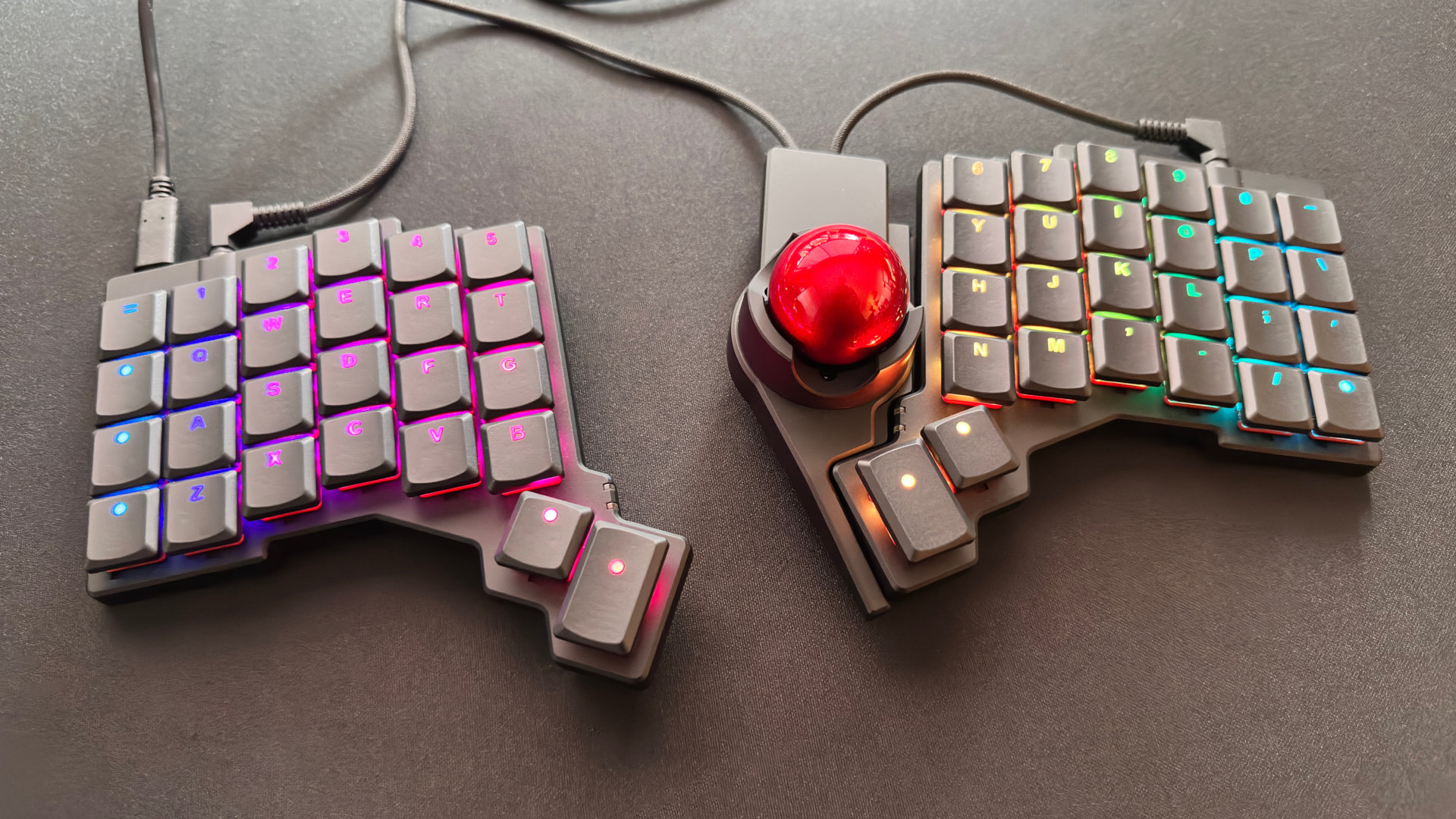Steelseries redesigns Sensei and Rival gaming mice with an exclusive new optical sensor
The TrueMove3 sensor, based on the popular Pixart 3360, promises "true 1-to-1 tracking" up to 3500 CPI.

In the world of gaming mice, the Steelseries Sensei's six-year-old design makes it practically ancient. Few mice keep the same shape for so many years, but Steelseries hit on a beloved ambidextrous shape and decided not to mess with a good thing. I had some big problems with the Sensei, though: I found its metallic surface a magnet for hand sweat, and too often I'd accidentally press its right-side buttons with my pinky when I didn't want to. Now, after more than half a decade, Steelseries has fixed those issues with the newly redesigned Sensei 310, and decided to throw in a brand new optical sensor to boot. Gaming mouse aficionados will be happy to hear that this new sensor is based on the current reigning king of mice sensors, the PixArt PMW 3360.
"With the development of the sensor, we wanted to look at four areas that we thought were very important to sensor technology," said product manager Jason Christian. "That's 1-1 tracking, response times, jitter reduction, and the custom SROMs that go into the mice that pair up with the sensor. So we engaged really early on with PixArt and were able to announce a brand new sensor in collaboration with them called TrueMove3."
TrueMove3 will be exclusive to the Sensei 310 and the Rival 310, which Steelseries is also announcing today. Like the Sensei, the right-handed Rival has been subtly redesigned.
"1-to-1 tracking was pretty big for us, to make sure that as we worked with pro gamers and they move their mouse from point A to point B, there's going to be no artificial delays or jitter that's going to be introduced," Christian explained. "And also increasing what we call true 1-to-1 up to 3500 CPI, where some of the sensors we track, like even the 3360, will only go up to about 2100 CPI, in our findings, of what we call real 1-to-1 tracking, before some kind of jitter reduction sometimes is introduced. So we have the widest range of 1-to-1 tracking, up to 3500 CPI, of any mouse on the market right now."
If you currently use a modern Logitech mouse, Steelseries' own Rival 700, or any other mouse using a variant of the PMW 3360, and keep your CPI set to 2100 or below, you likely won't be able to tell a difference with this new sensor. In general this is a great thing—most quality gaming mice now use a sensor that's so good, jitter and other issues are a problem for the past. But this does make it harder for new sensor designs to stand out, which is why Steelseries has focused so hard on its range of perfect tracking.
Generally, the higher your CPI setting, the more likely the mouse sensor is to experience issues. That kind of performance is difficult to test without extremely complex equipment, and you could argue there's no real need to set your mouse CPI in the high thousands, anyway when you can just adjust in-game sensitivity. But according to Steelseries, some implementations of the 3360 can introduce delay thanks to jitter reduction above 2100 CPI, while their new TrueMove3 is perfect all the way up to 3500 CPI.
"We had the ability to do a custom SROM with Pixart, and then collaborate with our own firmware team," Christian said. "So it is a new sensor, but we've taken the best of what everyone likes about the 3360. We've used them in the Rival 500 and Rival 700, that sensor, and we've kind of just expanded on it and focused in on the tracking from the entry level CPI all the way to 3500, and then with our algorithms, finding the balance of introducing jitter reduction from 3500-12000 CPI."
Keep up to date with the most important stories and the best deals, as picked by the PC Gamer team.
As for the Sensei's new shape? While it looks quite different from a design standpoint, Christian says that if you match the 3D models they're essentially identical. The new matte plastic texture is a huge improvement, and silicone side grips are a great addition, too. My thumb feels especially secure on the new Sensei, and after spending a bit of time testing the new mouse I haven't had any accidental misclicks with its new ambidextrous thumb buttons.
The Rival 310 is slightly smaller than the Rival 300 and has the same new textured grips as the Sensei 310. It's also substantially lighter than previous iterations of the Rival, at only 88 grams. The Sensei 310 weighs 92 grams.
Both the Sensei 310 and Rival 310 are launching today at $60. We've got them in-hand for testing and will report back with more as we spend more time with them.

Wes has been covering games and hardware for more than 10 years, first at tech sites like The Wirecutter and Tested before joining the PC Gamer team in 2014. Wes plays a little bit of everything, but he'll always jump at the chance to cover emulation and Japanese games.
When he's not obsessively optimizing and re-optimizing a tangle of conveyor belts in Satisfactory (it's really becoming a problem), he's probably playing a 20-year-old Final Fantasy or some opaque ASCII roguelike. With a focus on writing and editing features, he seeks out personal stories and in-depth histories from the corners of PC gaming and its niche communities. 50% pizza by volume (deep dish, to be specific).


